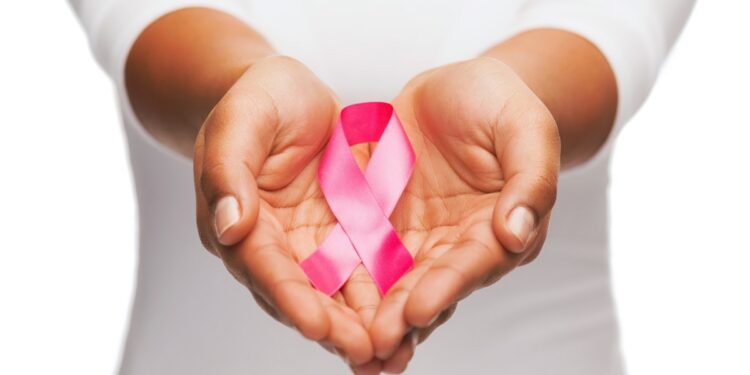Understanding Nail Care During Chemotherapy
A cancer diagnosis can be life-altering, accompanied by various side effects from treatment. One critical aspect professionals need to consider is how chemotherapy affects nails. Each individual responds differently, so understanding the changes and adapting your services is crucial for creating a comfortable environment for clients undergoing chemotherapy.
Nail Changes During Chemotherapy
Clients might exhibit different nail reactions from chemotherapy based on the administered drug, dosage, and individual biology. Most changes become evident two to three months after starting treatment. Chemo often causes brittleness, groves, discoloration, and sensitivity in nails.
Why Nails Change
According to Doug Schoon from Schoon Scientific, chemotherapy impacts the fast-growing cells in the body, similar to how it affects nail stem cells. This disruption often appears as Beau’s lines on the nail plate, visually representing each round of treatment.
Essential Service Adjustments
During chemotherapy, keeping nails short is vital to prevent onycholysis, which is the lifting of the nail from the nail bed. Shorter nails are less likely to catch or lift during activities, thus reducing infection risk in immunocompromised clients.
Cautious Gel Application
Jim McConnell of McConnell Labs emphasizes proper curing of gel products to avert allergic reactions and potential infections. Proper curing ensures that the nail product doesn’t increase skin vulnerability, as immunocompromised clients are at higher risk for infections.
Pedicure Precautions
When performing pedicures, omit foot soaks because clients in oncology treatment may be more susceptible to infection and can experience neuropathy, making them unable to gauge water temperatures accurately.
Client Education and Home Care
After service expectations and home care are crucial to supporting nail health during chemotherapy. Clients should use daily nail oils containing jojoba or coconut oil to maintain nail flexibility. Encourage them to notify oncologists of noticeable nail changes. Nails should be documented through photographs to monitor progress or deterioration.
Avoiding Complications
Onycholysis, the detachment of the nail from the nail bed, involves keeping nails short and clean without prying under the nail plate to avoid fungus. If there’s a risk of snagging during sleep, consider wearing cotton gloves or socks.
Managing Peeling
If nails begin to peel, light buffing and using a clear polish can prevent deterioration. Regular nail oiling will keep the nails conditioned and flexible.
Water-Related Activities
To maintain dryness, suggest wearing gloves for water-related chores. For sweaty hands, layering a vinyl glove over a cotton glove can effectively control moisture.
Learning and Resources
Clients can access Look Good Feel Better, a free, non-medical online service offering nail, skincare, and styling resources during treatment. Nail professionals can further their knowledge by enrolling in courses with local hospice programs or Oncology Spa Solutions to better understand oncology patient care.
By adopting these practices, you can ensure a safe and welcome environment for your clients navigating the complexities of cancer treatment and nail care.

























